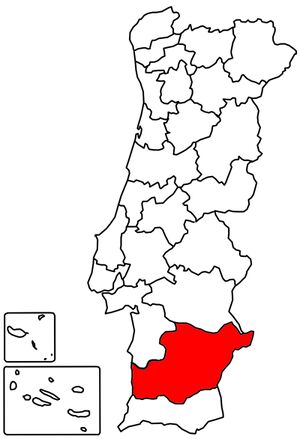Beja: Difference between revisions
From Marinelexicon
Created page with "<gallery mode=packed heights=30px class=center> NO.jpg|Norsk|link=https://wiki.uib.no/marinleksikon/index.php/Beja PT.jpg|<small>Português</small>|link=https://wiki.uib.no/le..." |
No edit summary |
||
| Line 1: | Line 1: | ||
<gallery mode=packed heights=30px class=center> | <gallery mode=packed heights=30px class=center> | ||
NO.jpg|Norsk|link=https://wiki.uib.no/marinleksikon/index.php/Beja | NO.jpg|<small>Norsk</small>|link=https://wiki.uib.no/marinleksikon/index.php/Beja | ||
PT.jpg|<small>Português</small>|link=https://wiki.uib.no/lexicomarinho/index.php/Beja | PT.jpg|<small>Português</small>|link=https://wiki.uib.no/lexicomarinho/index.php/Beja | ||
</gallery> | </gallery> | ||
Revision as of 08:10, 18 May 2021
-
Norsk
-
Português
Marine Lexicon — Marine mammals — Mythical creatures — Activities related to marine mammals — Toponomy — Zooarchaeology — Historical sources — Cite Marine Lexicon

- Country
- Portugal
- County/ Region
- Beja/ Alentejo
- Archaeological Period
- 1400-1500 AD
- Year of excavation
- Ukjent
- Species present
- Vertebra of a small, unidentified whale
References
- Detry, C., Santos, A. B., Casimiro, T., Caessa, A., & Mota, N. 2020. Animal remains from 17th century Carnide, Lisbon, Portugal. In Umberto Albarella, Cleia Detry, Catarina Ginja, Ana Elisabete Pires, Sónia Gabriel, & João Tereso (Eds.), The Archaeology of Animals: From The Mediterranean to the Atlantic. Oxford: Oxbow, p. 10

